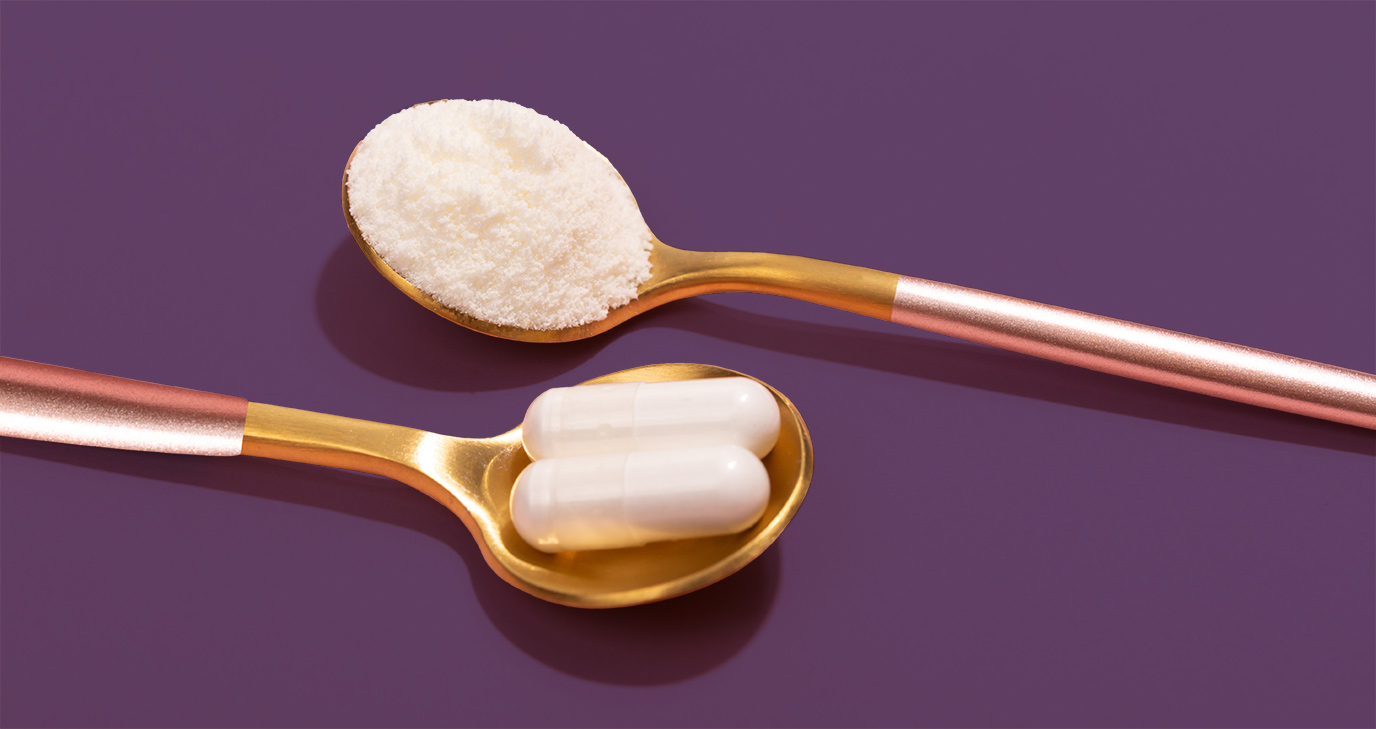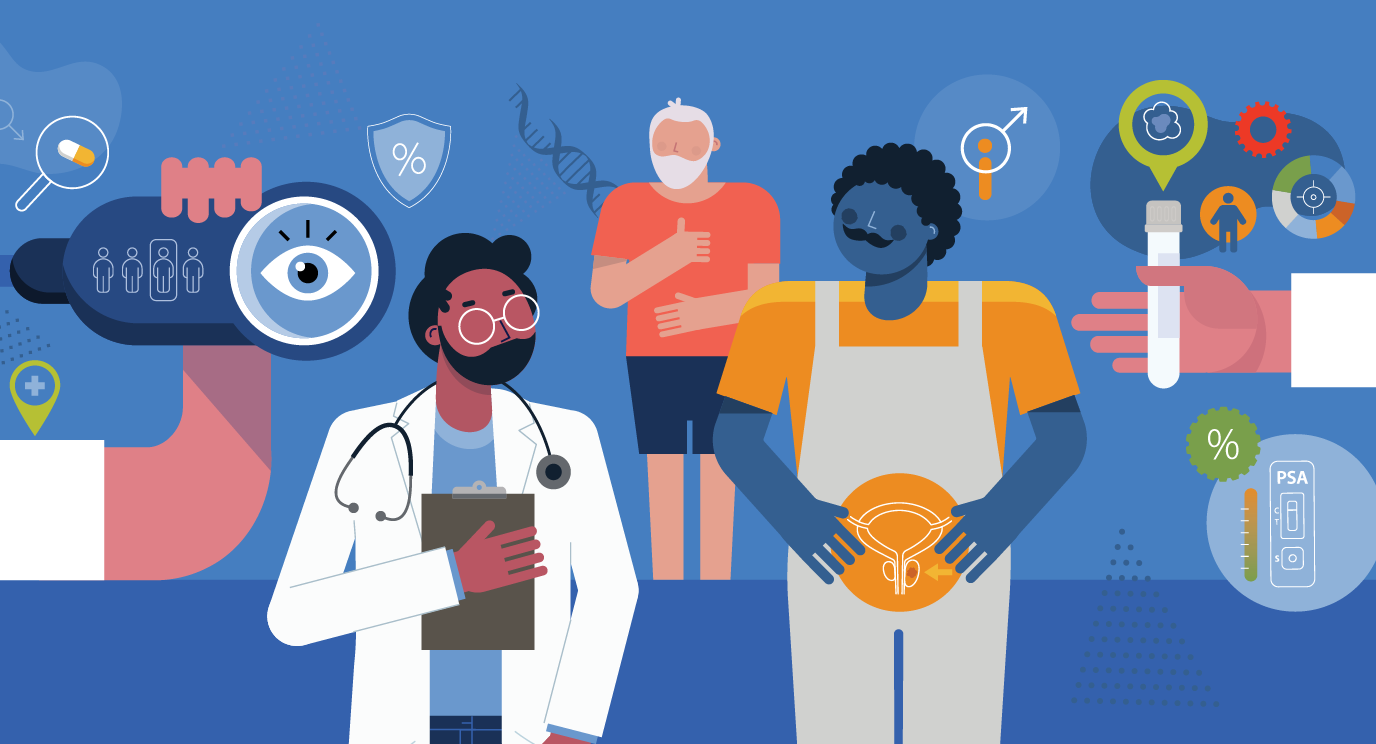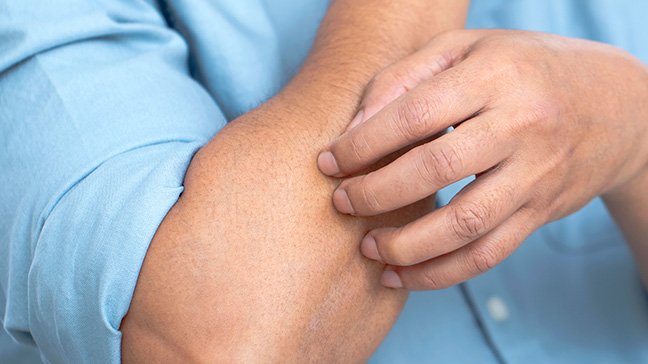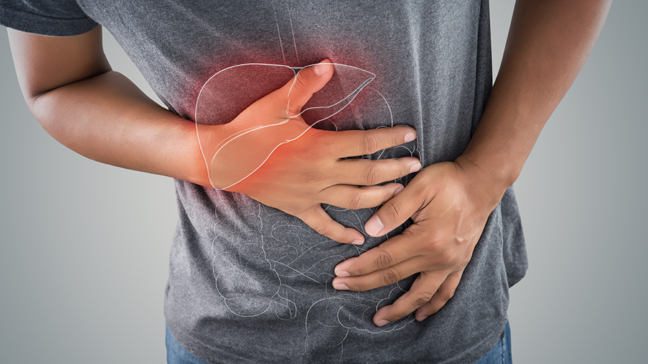- Diseases
- Acoustic Neuroma (16)
- Adrenal Gland Tumor (24)
- Anal Cancer (70)
- Anemia (2)
- Appendix Cancer (18)
- Bile Duct Cancer (26)
- Bladder Cancer (74)
- Brain Metastases (28)
- Brain Tumor (234)
- Breast Cancer (726)
- Breast Implant-Associated Anaplastic Large Cell Lymphoma (2)
- Cancer of Unknown Primary (4)
- Carcinoid Tumor (8)
- Cervical Cancer (164)
- Colon Cancer (168)
- Colorectal Cancer (118)
- Endocrine Tumor (4)
- Esophageal Cancer (44)
- Eye Cancer (36)
- Fallopian Tube Cancer (8)
- Germ Cell Tumor (4)
- Gestational Trophoblastic Disease (2)
- Head and Neck Cancer (14)
- Kidney Cancer (130)
- Leukemia (342)
- Liver Cancer (50)
- Lung Cancer (286)
- Lymphoma (278)
- Mesothelioma (14)
- Metastasis (30)
- Multiple Myeloma (100)
- Myelodysplastic Syndrome (60)
- Myeloproliferative Neoplasm (6)
- Neuroendocrine Tumors (16)
- Oral Cancer (102)
- Ovarian Cancer (178)
- Pancreatic Cancer (160)
- Parathyroid Disease (2)
- Penile Cancer (14)
- Pituitary Tumor (6)
- Prostate Cancer (150)
- Rectal Cancer (58)
- Renal Medullary Carcinoma (6)
- Salivary Gland Cancer (14)
- Sarcoma (238)
- Skin Cancer (300)
- Skull Base Tumors (56)
- Spinal Tumor (12)
- Stomach Cancer (66)
- Testicular Cancer (28)
- Throat Cancer (92)
- Thymoma (6)
- Thyroid Cancer (100)
- Tonsil Cancer (30)
- Uterine Cancer (86)
- Vaginal Cancer (18)
- Vulvar Cancer (22)
- Cancer Topic
- Adolescent and Young Adult Cancer Issues (22)
- Advance Care Planning (12)
- Biostatistics (2)
- Blood Donation (18)
- Bone Health (8)
- COVID-19 (360)
- Cancer Recurrence (120)
- Childhood Cancer Issues (120)
- Clinical Trials (628)
- Complementary Integrative Medicine (22)
- Cytogenetics (2)
- DNA Methylation (4)
- Diagnosis (238)
- Epigenetics (6)
- Fertility (62)
- Follow-up Guidelines (2)
- Health Disparities (14)
- Hereditary Cancer Syndromes (128)
- Immunology (18)
- Li-Fraumeni Syndrome (8)
- Mental Health (122)
- Molecular Diagnostics (8)
- Pain Management (62)
- Palliative Care (8)
- Pathology (10)
- Physical Therapy (18)
- Pregnancy (18)
- Prevention (936)
- Research (390)
- Second Opinion (78)
- Sexuality (16)
- Side Effects (616)
- Sleep Disorders (10)
- Stem Cell Transplantation Cellular Therapy (216)
- Support (408)
- Survivorship (328)
- Symptoms (182)
- Treatment (1788)
How to relieve nerve pain after a mastectomy
3 minute read | Published August 12, 2024
Medically Reviewed | Last reviewed by an MD Anderson Cancer Center medical professional on August 12, 2024
Between 25% and 60% of people who have surgery as part of their breast cancer treatment will also experience a side effect known as post-mastectomy pain syndrome (PMPS). This type of nerve pain develops in the chest wall, armpit, and inner arm.
Sometimes, discomfort caused by PMPS is minor and only considered a nuisance. Other times, it can be a real problem that affects a patient’s whole life.
Why nerve pain after a mastectomy happens
The main reason PMPS happens is that nerves must sometimes be cut in the process of removing cancerous breast tissue during surgery. Depending on the location of the lump or tumor, this could happen during a full mastectomy or a partial or segmental mastectomy.
Breast cancer patients who receive both surgery and radiation therapy are more likely to experience PMPS. That’s because any nerves not damaged by the surgery could subsequently be “burned” by the radiation.
Certain factors increase your risk of nerve pain after a mastectomy
Fortunately, severe cases of nerve pain after mastectomy don’t happen very often. But you’re more likely to face this side effect if you have both radiation therapy and surgery.
Other risk factors include:
- having an axillary (or armpit) lymph node dissection
- age: younger women seem to develop it more frequently than older women
- a history of depression or anxiety
Here at MD Anderson, we do our best to think about these risk factors before patients begin treatment. We send them to pain specialists if any risk factors are identified before surgery to make sure that any pre-existing pain and mental health issues are well-managed. If pain and anxiety are not well-controlled, they can sometimes make people more likely to have this side effect.
How to distinguish nerve pain after mastectomy from regular healing pain
We don’t consider nerve pain chronic unless it lasts at least three months beyond the date of surgery. Nerves grow back at a really slow pace — only about one millimeter a day. So, it can take up to a year for patients to heal completely.
That being said, the “normal” healing pain after breast cancer surgery is typically described as sharp and stabbing. It also gradually improves over time.
To that list, patients with PMPS often add:
- numbness in the chest wall, armpit or inner arm
- a burning sensation in those same areas
- extreme skin sensitivity
Nerves that are cut surgically can sometimes grow back abnormally, leading to a condition known as hyperalgesia. That means light touching or putting on clothes can be painful. Even something as gentle as a breeze blowing by might be enough to cause some people pain in an affected area.
There’s also a kind of “phantom” breast pain, similar to phantom limb syndrome, in which patients perceive pain in a breast that is no longer there.
It’s important to seek help from a doctor if your nerve pain has these qualities, as it is unlikely to go away on its own.
How we treat nerve pain after a mastectomy
We generally use some combination of oral medication and topical cream to relieve nerve pain after a mastectomy. These medications are designed specifically to address nerve pain. We consider nerve blocks after surgery as a last resort.
But we also use special techniques during mastectomies to prevent post-operative pain in the first place. We might inject a local anesthetic near the incision, for instance, or a nerve block during surgery to numb the chest wall and axilla.
We also try to minimize the extent of the surgery itself. The more tissue you touch, the more pain a patient can experience as a result. So, if we can get the same results from a smaller or less-invasive surgery and adjuvant treatments, we will consider that approach.
Finally, we send almost everyone through physical therapy after surgery. If you keep moving, it decreases your chances of getting pain and stiffness. We also encourage patients to consider integrative therapies, such as acupuncture and oncology massage.
Keyuri Popat, M.D., is an anesthesiologist who specializes in perioperative medicine.
Request an appointment at MD Anderson online or call 1-855-977-9172.

If you keep moving, it decreases your chances of getting pain and stiffness.
Keyuri Popat, M.D.
Physician





